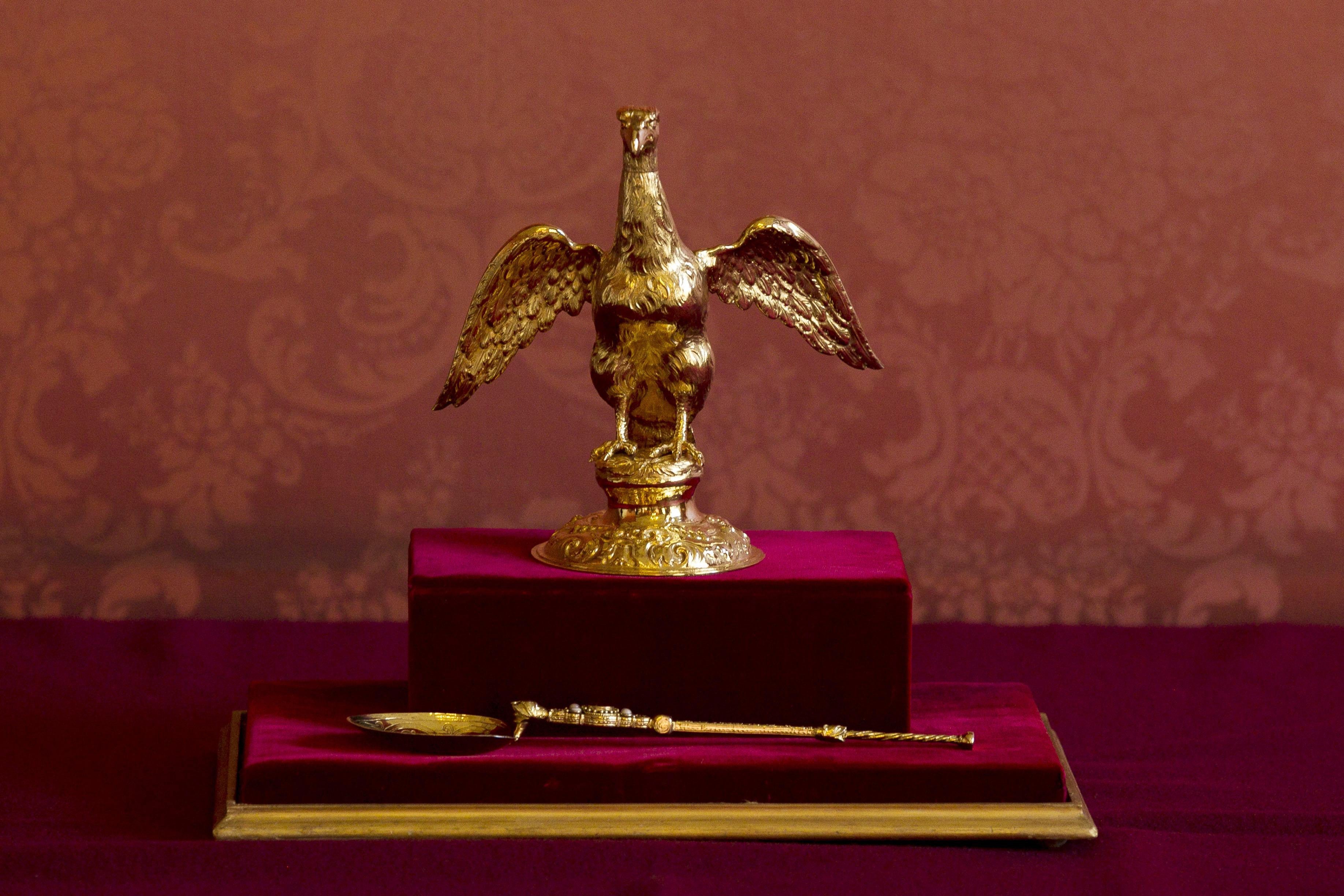In the world of artistry, there exists a profound connection between the artist and their canvas. Whenever I find myself seated behind that sacred surface, my hand instinctively strays from the path of replication and embarks on a journey of self-expression. Emotions surge within me, urging me to create a work that intertwines my unique style with the depths of my soul.
 |
| A painting by the writer ( Deviates from the reference to creates a beautiful version of artiste imagination) |
For me, the allure of paintings extends far beyond mere aesthetics. It is the stories that emanate from each brushstroke, the emotions meticulously portrayed, that truly captivate my heart. I appreciate the beauty of the scenes, certainly, but it is the underlying narrative that truly enchants me.
Every morning, as everyone begins a new day, my social media status transform into a gallery of paintings and sculptures that express the core of my emotions. In doing so, I intend to convey the kaleidoscope of thoughts that make up the fabric of my personality , as well as provide a glimpse into the tapestry of my inner self.
 |
| The writer and his art work |
Yet, hidden amidst the vibrant colors and evocative imagery lies a tale of yearning—the longing for a comforting presence during life's storms. There are times when you feel the weight of the tempest pressing down on you, urgently seeking a sheltered harbour, only to discover that people you thought would bring solace have abandoned you. Even the strongest of hearts can be shattered in such a situation.
In the midst of these consideration, I am drawn to Pierre-Auguste Cot's masterwork, "The Storm."
 |
The Storm (1880).By Pierre-Auguste Cot (French, 1837-1883). Oil on canvas |
Painted with remarkable skill, it serves as a poignant reminder of how a helping hand finds us amidst the turmoil. In a world that often showcases happy faces and renewed hope, it is easy to overlook the hidden figures who provide comfort, love, assurance, and shoulder the responsibility for the smiles we witness.
When Cot unveiled this painting at the Salon of 1880, the subject that inspired him became a topic of speculation among his contemporaries. Some proposed the French novel "Paul and Virginie" by Bernardin de Saint-Pierre, where teenage protagonists seek refuge under an overskirt during a rainstorm, fashioning an impromptu umbrella. Others looked to the ancient Greek romance "Daphnis and Chloe" by Longus, finding resonance with the couple running from the rain, sheltered by billowing drapery.
 |
| The Writer at an Art Gallery in Accra |
One day, while descending from the mountaintop, I saw Virginie running from one end of the garden toward the house, her head covered by her overskirt, which she had lifted from behind her in order to gain shelter from a rain shower. From a distance I had thought she was alone, but upon coming closer to help her walk I saw that by the arm she held Paul who was almost entirely covered by the same blanket. Both were laughing together in the shelter of this umbrella of their own invention.
As I delve into the stories behind these inspirations, one narrative emerges from the depths of my own experiences. I recall a time when I, too, sought sanctuary in the face of a storm, yearning for a guiding hand to shield me from the downpour. It was during this tumultuous period that I encountered my own Paul a soul who enveloped me in the warmth of a protective skirt, assuring me that everything would be well.
Today, I find myself laughing and gleaming uncontrollably, because I had the good fortune with one that extended their care to me in a moment of distress. The sight of them fills my heart with gratitude, reminding me of the enormous might we have to impact the lives of people around us. It is a challenge for solidarity, propelling us to be the lighthouse for those traversing their own tumultuous waters.
 |
| The writer loves painting |
As I pen these words, their cadence dances upon the page, creating a symphony of resilience, compassion, and the profound connections that shape our existence. I implore each soul to embody these virtues, to be the shelter and the steadfast hand that offers unwavering support. In our simple acts of kindness, in heartfelt conversations and words of encouragement, we become the unwritten chapter in the stories of those around us.
 |
1899 cartoon Version of the “The storm” showing peace fleeing from War |
While some disappointments may arise when those we expect to be our anchors falter, I caution against dwelling on such heartbreak. Those who leave us to weather the storms can never gift us the sunshine we crave. Instead, let us focus on the rays of light that warm our spirits, on the individuals who go beyond expectations to bring us the radiance of their love and support.
As I conclude this tale, the beauty of its words lingers in the air, like a gentle breeze carrying the fragrance of a blooming garden. May we heed the lessons of resilience and compassion. In embracing our role as the unseen figures that bring comfort and assurance to others, we create a world where storms may rage but are never strong enough to extinguish the light of kindness, empathy, and love.
By Mark Ofosu Asirifi ( The Royal Caldelian Mark )








































